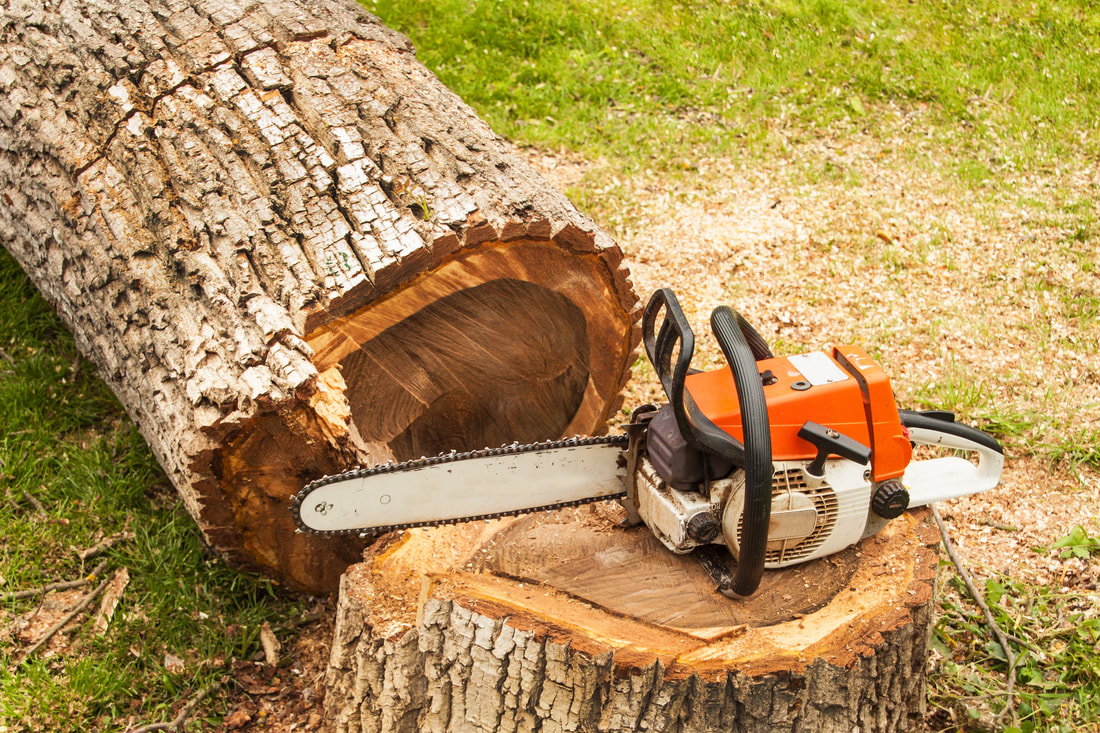Using The Right Plants In Your Landscaping
Landscaping is a great way to improve the look of any area. Believe it or not, landscaping can be a relatively simple process. Not every landscaping job requires the need to hire professionals that will cost an arm and a leg. Here are a few easy tips to help you get started.
You should know that prices fluctuate from one season to the other. You should compare prices for the materials you need and wait for the right moment to buy them. Buying in large quantities is also a good way to save money: do not be afraid to stock materials you know you will use later.
Think about water requirements. If you live in an area that doesn't get a lot of rain, try to use plants that don't require a lot of water. Grass needs more water than any other type of plant, so replace your lawn with wood chips, gravel, or a type of ground cover that is suitable for high drought areas.
Think about whether or not you need to have a design for your project. It might cost less money to create a deck that is in a rectangular shape, but if you do not like the end result, you probably won't use the space. Spending a bit of money to hire a designer could help you get exactly what you want.
Landscaping is more than planting a tree or laying down sod. Add in cement, iron or wood structures for increased texture. Elements like pergolas, fountains and trellises are an easy way to add instant dimension to a space. You can find many of these items are priced to fit any budget.
When planning your landscaping, include a variety of different plants. This is critical to preserving your yard should it be the victim of an insect infestation or disease outbreak. A single threat of this kind can devastate your yard if you rely on one plant species that is vulnerable to it. The health of plants is dependent on diversity.
Before choosing a type of grass for your yard, consult a local landscaper. There are many varieties of grass seed and sod, and some will do better than others in different areas of the country. Some grasses prefer heat, while others need a dormant cold period. If you do not choose the right variety, you will spend a lot of time trying to maintain your yard.
Always use odd numbers of plant groupings. It is more pleasing to the eye and more natural looking to see groups of 3, 5 or 7 plants than groups of 2, 4 or 6. Aim for plantings that are more triangle-shaped than square-shaped, and your landscaping will have more eye appeal.
When you start performing a landscaping project, it is very important to establish a budget first. Certain tools, accessories and live plants can be more costly than you think and can make an impact on your plans. Do your research online to get an approximation of how much it will cost to complete your project.
To get the most bang for your buck when purchasing plants for landscaping, look for pretty perennials. These varieties come back year after year, making them ideal for a low-maintenance landscape design. Irises, day lilies, tulips, pink dianthus, phlox and wild buckwheat are all great examples of flowering perennials that you can enjoy for multiple seasons.
Start buying your materials in phases. Few people can afford to buy everything for their projects all at once. By dividing projects into multiple phases, you can pay for what you need as you go. This may save you money, help you keep track of your progress, and let you adjust plans prior to your next phase.
When planning a landscaping project for your house, keep an open mind and look beyond the places that you normally would consider. You may be surprised to find what good sales, variety of items you might find at places such as arboretums, and local botanical gardens. Check with your city to see if mulch, fill, or stone is offered. You should even check with your neighbors to see what resources they may have to share.
Think about how big your plants will eventually get, before deciding where to place them, or whether you should use them at all. This is vital, so that you do not use plants that end up outgrowing their planting space, and overshadowing their neighbor plants. Plan now so you do not have to move plants around later.
So now you know that landscaping can be a snap. As stated before, you don't have to call in the professionals to do all of your landscaping. You can do many of your own landscaping projects by yourself or with the help of your family. Use the tips from this article to give you some great ideas.

